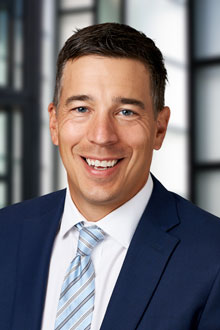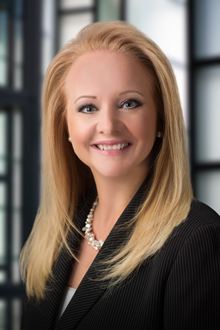California Supreme Court Rejects Third Exception to Privette Doctrine

Walnut Creek, Calif. (May 25, 2022) - In Gonzalez v. Mathis (August 19, 2021) 12 Cal. 5th 29, the California Supreme Court considered whether to create a third exception to the Privette Doctrine specific to known hazards on a worksite, when a contractor cannot remedy the hazard by taking reasonable safety precautions to protect against it.
Privette Background
Under the Privette Doctrine, the hirer of an independent contractor generally cannot be liable for injuries sustained by the independent contractor or its employees while on the job. This is due to the “strong presumption” that the hirer delegates all responsibility for workplace safety to the independent contractor. See Privette v. Superior Court (1993) 5 Cal. 4th 689. Since the Privette ruling in 1993, the California Supreme Court has identified two circumstances in which the presumption may be overcome. First, the hirer may be liable when it retains control over any part of the independent contractor’s work and negligently exercises that retained control in a manner that affirmatively contributes to the injury. Hooker v. Dept. of Transportation (2002) 27 Cal. 4th 198, 213. Second, a landowner who hires an independent contractor may be liable if the landowner knew, or should have known, of a concealed hazard to the property that the contractor did not know of and could not have reasonably discovered, and the landowner failed to warn the contractor of the hazard. Kinsman v. Unocal Corp. (2005) 37 Cal. 4th 659, 664. Here, in the Gonzalez case, the court considered whether a landowner could be liable for known hazards on the property.
Facts of the Case
In Gonzalez, the defendant was a residential property owner whose home had a flat sand-and-gravel roof with a large skylight. The roof had a three-foot high parapet wall between the skylight and the edge of the roof. The area between the parapet wall and edge of the roof was approximately 20 inches wide. The plaintiff was a professional window washer, who had been cleaning the skylight since the 1990s, and did so regularly since 2007. To clean the skylight, the plaintiff would climb onto the roof and work from the 20-inch space between the parapet wall and roof’s edge. The plaintiff testified that he did not work from the other side of the parapet wall (i.e. between the wall and the skylight) because it was obscured with ducts, pipes, and other permanent fixtures. It was undisputed that the 20-inch space between the parapet wall and roof edge was dangerous and dilapidated and that the plaintiff had told the defendant’s housekeeper and accountant that the roof needed to be repaired. Months later, the plaintiff was injured when he fell from the roof while walking on the 20-inch space between the parapet wall and edge of the roof.
The trial court granted summary judgment for the defendant, finding that he owed no duty under Privette. The California Court of Appeal reversed and determined that the Kinsman exception should be extended to hold that a landowner may be liable when an independent contractor cannot take reasonable safety precautions to avoid or protect against a known hazard. A unanimous California Supreme Court disagreed, finding that Privette and its progeny, including Kinsman, “make clear” that a hirer is not responsible for any injury resulting from a known unsafe condition at a worksite.
Court’s Reasoning
The court focused on the “strong presumption” that a hirer of an independent contractor delegates to the contractor all responsibility for workplace safety. This in turn, creates a duty on the contractor to determine whether the work can be performed safely despite a known hazard. An exception to this presumption, based on the argument that the contractor cannot not take reasonable safety precautions to protect against the hazard, would require the landowner to affirmatively assess workplace safety and therefore undermine Privette.
The court further explained that its reasoning is consistent with both Hooker and Kinsman. Under Hooker, a hirer is not liable, even if it permits a dangerous work condition or dangerous work practice to exist, as long as it does not affirmatively contribute to the worker’s injury. Under Kinsman, the hirer is not required to remedy a concealed hazard – it is only required to put the contractor on notice of the concealed hazard. Once the hazard is known to the contractor, the contractor has at its disposal all of the information necessary to determine whether or how the work can be performed safely.
Analysis
The Privette Doctrine remains a strong defense for landowners, general contractors, and other hirers of independent contractors because it establishes a “strong presumption” that the hirer delegates workplace safety to the independent contractor. Gonzalez further supports and reinforces this strong presumption by holding that, even if an independent contractor cannot take reasonable steps to remedy a known hazard, it is the contractor, not the hirer, who is in the best position to determine whether and how the work can be performed safely.
For more information on this case, contact the author or editor of this alert. Visit our General Liability Practice page for more alerts in this area.
Author:
Brad J. Vornholt, Partner
Editor:
Joelle Nelson, Partner

